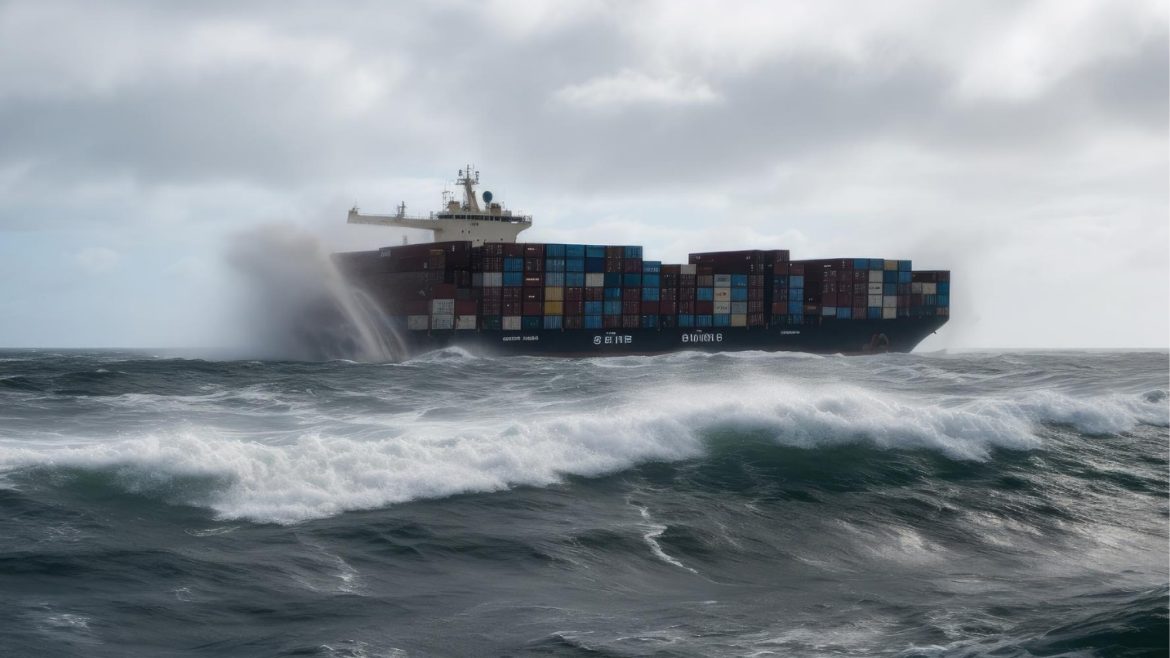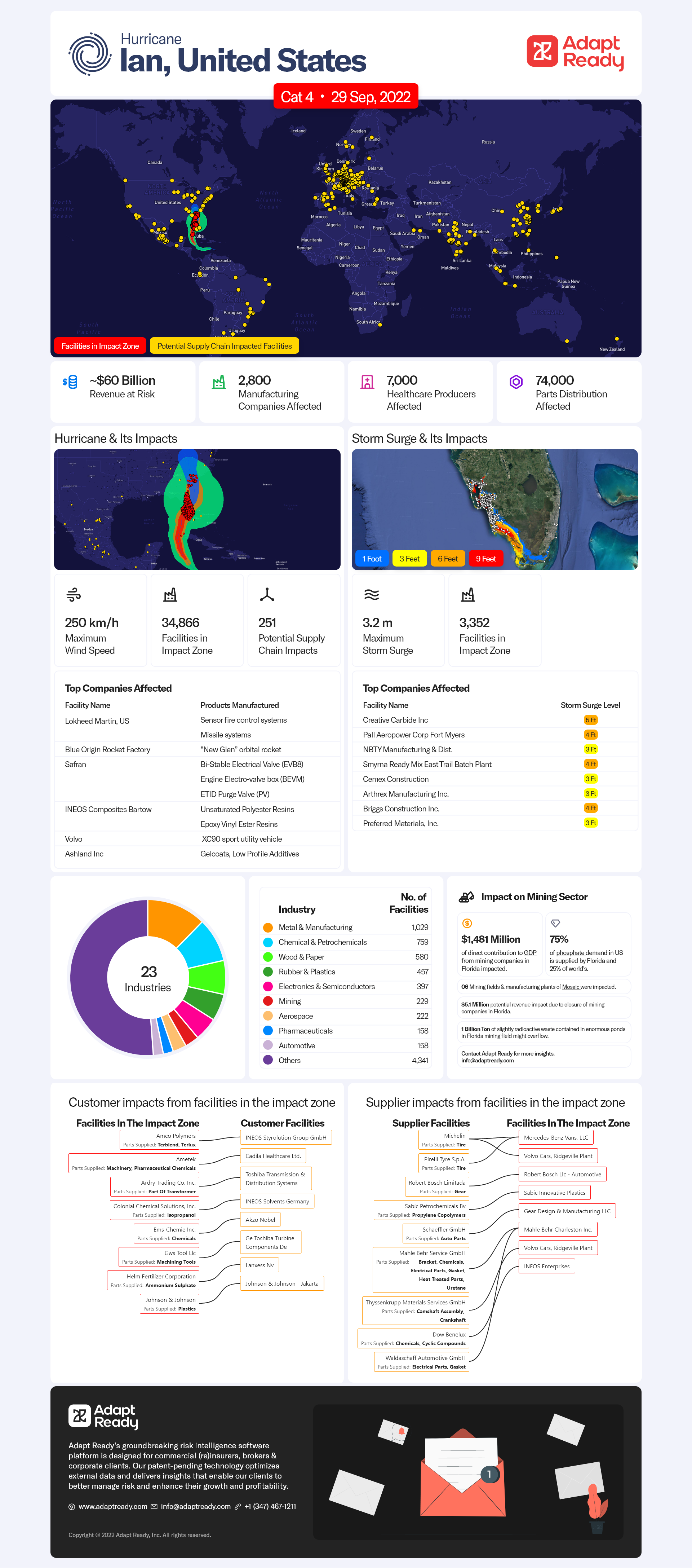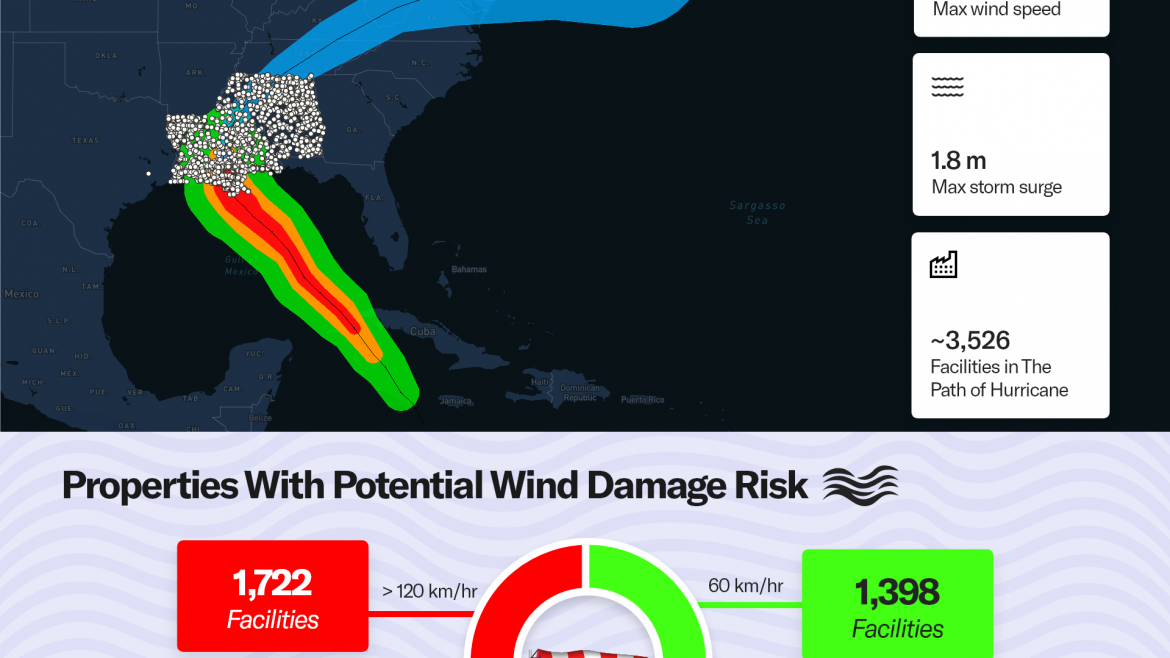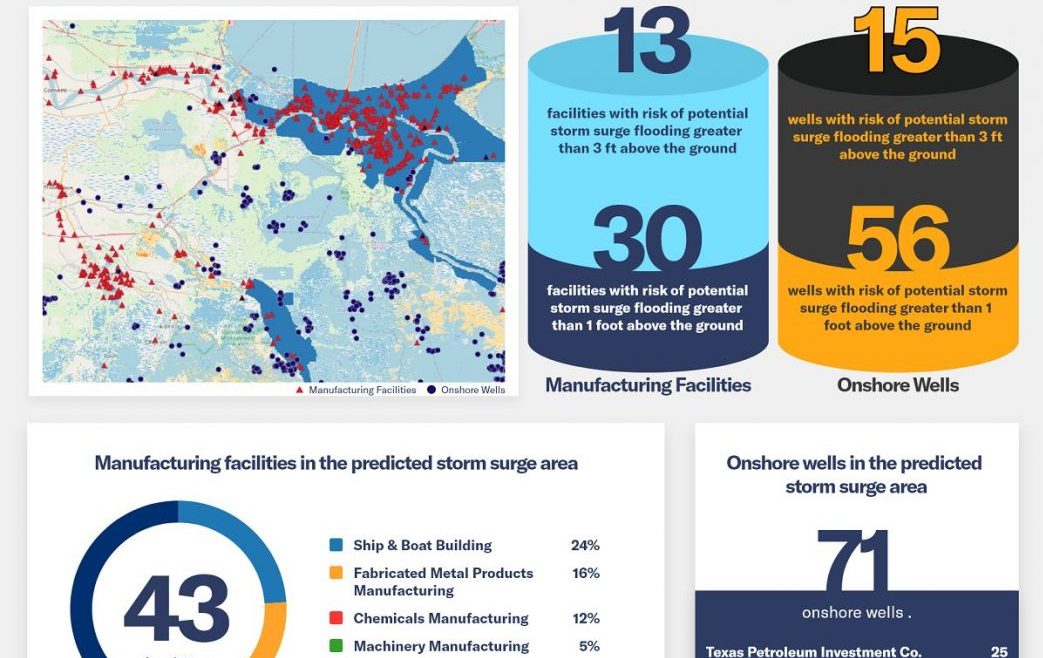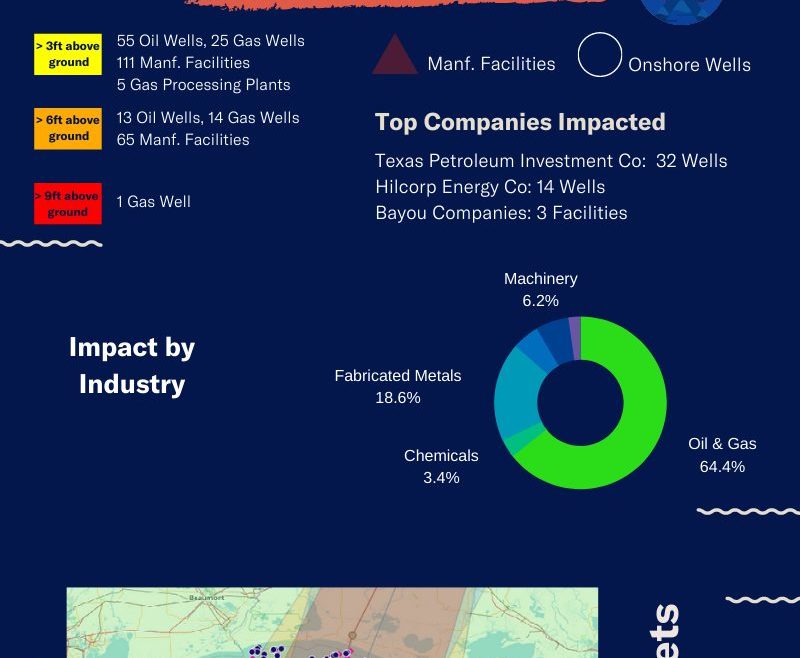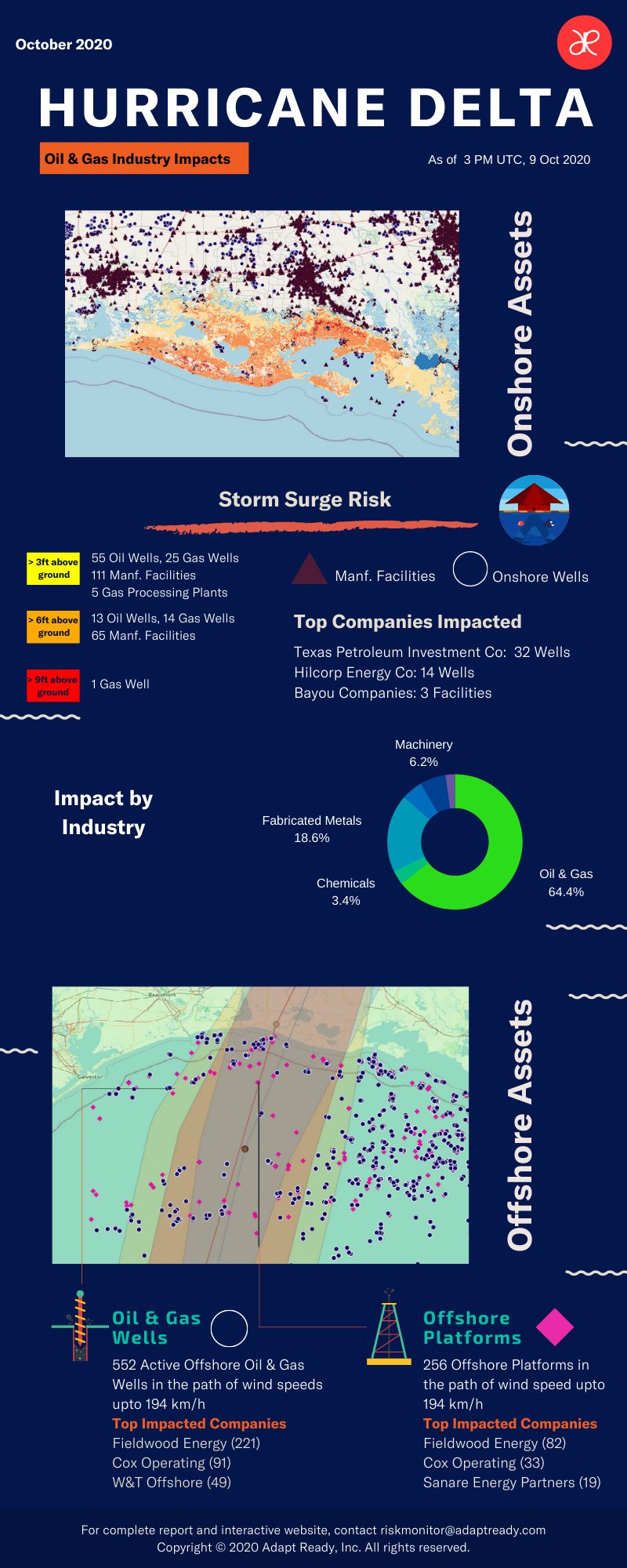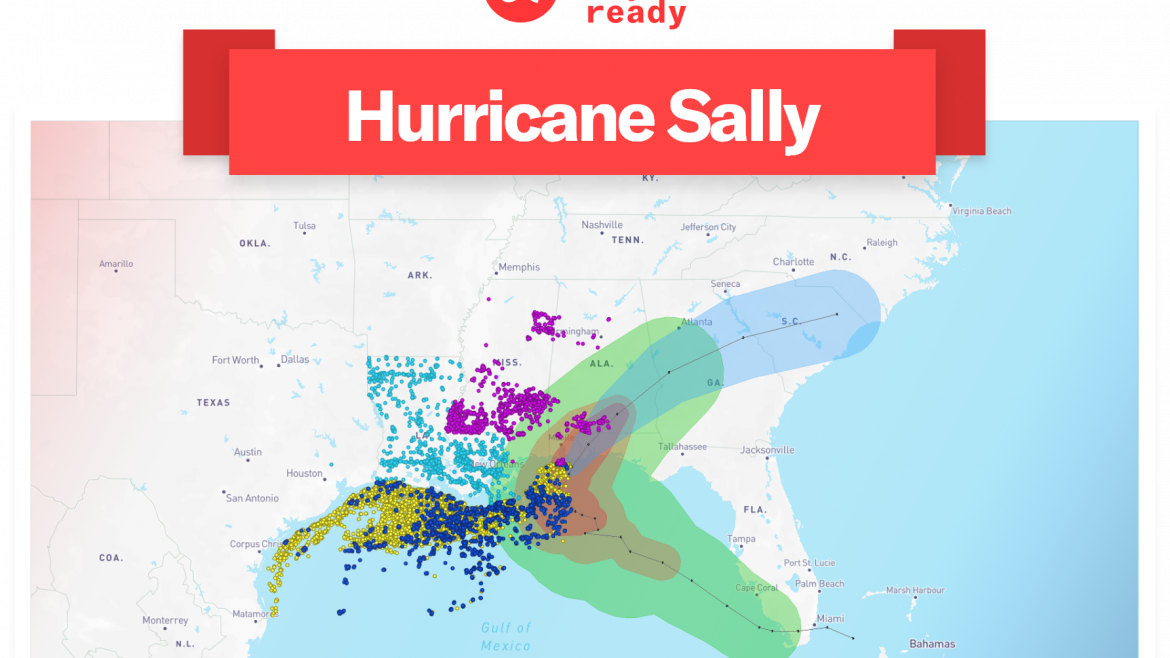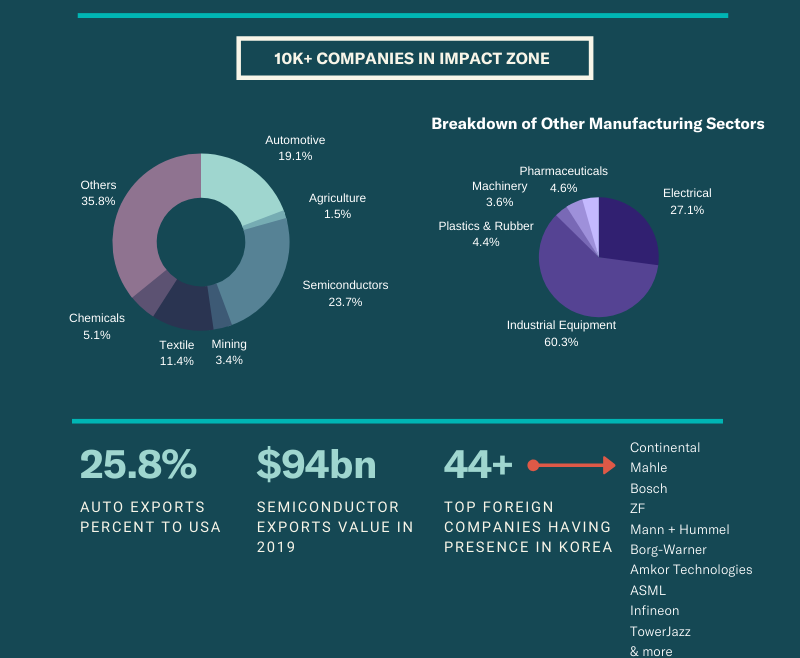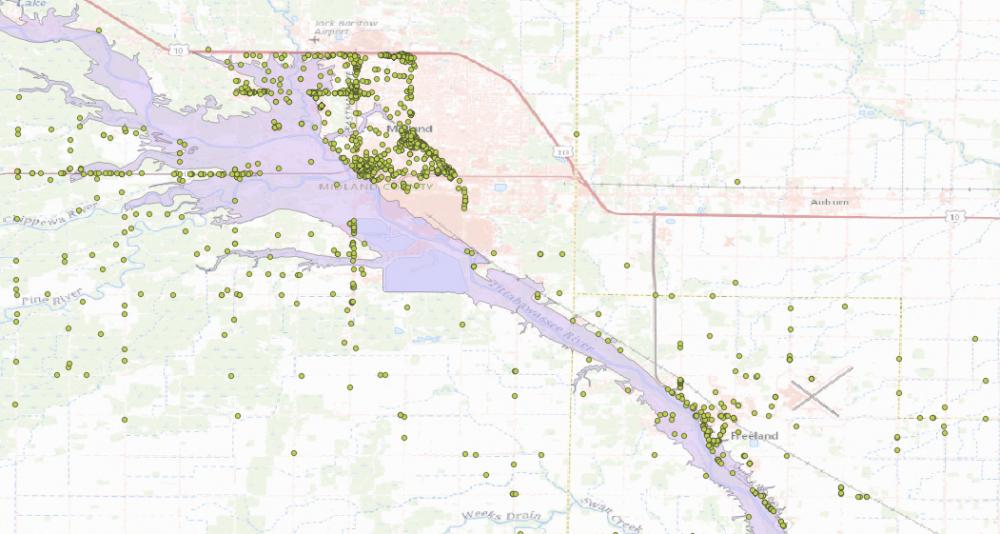There’s no such thing as “normal” when it comes to risk. The speed at which new risks emerge, and existing ones evolve means that risk managers are working in a constant state of flux. How can they identify and manage novel risks when they move so quickly?
2023 showed us that now, more than ever, risk managers must keep their eyes on other countries. It’s no longer enough to monitor and mitigate localised events; natural and man-made disasters thousands of miles away can have a profound effect on their business, particularly if they’re in the supply chain or energy infrastructure sectors.
Looking back at last year, we saw several notable global themes that sent ripples around the world:
- High rates of inflation disrupting global economies
- Geopolitical turmoil and humanitarian crises, particularly in the Ukraine and Middle East
- Record-breaking global temperatures exacerbating nat-cat events
What lies ahead?
Based on our analysis of the last twelve months, we believe the following events could be on the cards for 2024:
- The ongoing conflict between Israel and Hamas is destabilizing the region and disrupting the networks of supply chains in oil, technology, and agriculture. Further instability or escalation in the Middle East or Asia could increase the vulnerability of international supply chains substantially.
- For example, connected risk insights from our platform also reveals a potential increase in global fertilizer prices given the increased cost of shipping and impacting subsidies in countries like India (which imported 3.41 million metric tons of fertilizers including urea between April-November 2023)
- It is predicted that the utilities and the power sector will continue to focus on grid modernization and decarbonization.
- Extreme heat and drought conditions, which are predicted to continue to disrupt power sector operations, will probably necessitate the industry’s need for new tools and technologies, such as AI and advanced analytics.
- With Tropical Storm Risk’s extended range forecast for the 2024 North Atlantic hurricane season predicting activity 30% above the 1991-2020 30-year norm, it becomes all the more important for risk managers to start preparing sooner, while underwriters can run detailed models on their current portfolio to highlight potential hotspots – our platform is designed to answer these types of “what-if” scenarios at the click of a button
- After a slowdown in 2023, global power demand is predicted to bounce back in 2024. As the forecast for the economy improves, the International Energy Agency (IEA) projects that the worldwide growth rate for energy consumption will increase to 3.3% in 2024.
- “On-shoring” of pharmaceutical manufacturing in the US is expected to increase, with support from federal funding but whether they will be able to compete on the delivery capacity and schedule is something only time will tell
The ability of risk managers to respond to these challenges hinges on the quality of data they can leverage to better understand how global events will impact their businesses.
Adapt Ready uses trillions of data points gathered from open and closed sources all over the globe to create a sophisticated modelling system for risk managers and insurers. The deep insights generated by our risk intelligence platform allow customers to optimize their risk selection and pricing, solving costly accumulation and reinsurance scenarios in their portfolios.
Though we can’t predict what’s to come, using a huge breadth and depth of data can help us understand the evolution of risk and the wide-ranging impact of events on businesses and individuals all around the world.
We’d love to show you how powerful our risk intelligence platform is. Get in touch to arrange a demo based on your specific business and see how with the right data, you can get ahead of what’s to come.
Visit https://adaptready.com or contact info@adaptready.com



